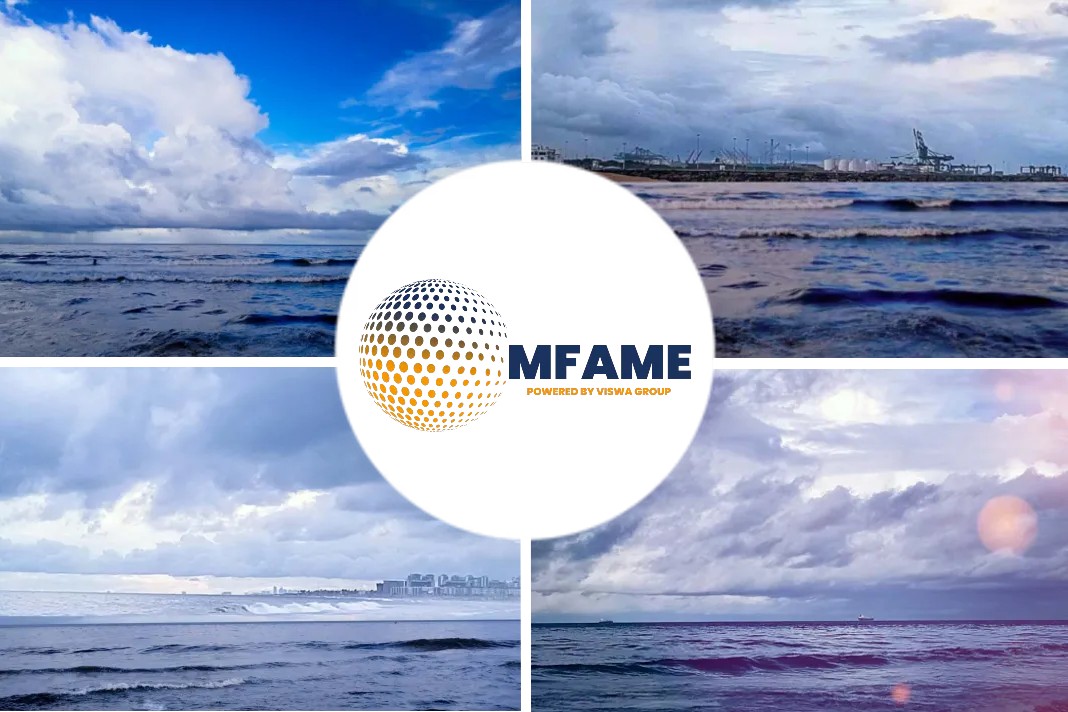- Expansion plans and capital spending have been put on hold by container terminal operators.
- Volumes and share prices remain slashed and a resulting hit to their balance sheets.
- The first quarter saw world port handling drop around 4% year on year.
- Drewry estimates global port volumes will fall 9% over the rest of the year.
- 2021’s forecast is currently ranging from a 13% fall to minus 6%.
- Medium-term supply chain diversification from China is likely to spur port investment.
According to an article published in The Loadstar and authored by Sam Whelan, expansion plans and capital spending have been put on hold by container terminal operators that have seen volumes and share prices slashed this year, and a resulting hit to their balance sheets.
Economy headed for a deep recession
“Stock markets have plummeted, seaborne trade has dropped like a stone and the world economy is heading for a deep recession,” said Drewry’s senior analyst ports and terminals, Eleanor Hadland. “The first quarter saw world port handling drop around 4% year on year, but the real pain will be seen in the second-quarter figures.”
The economic aftermath of lockdowns in the US and Europe are yet to be fully realized, but Drewry estimates global port volumes will fall 9% over the rest of the year, and 2021’s forecast is currently ranging from a 13% fall to minus 6%, a spread based on various GDP forecasts.
Did you subscribe to our daily newsletter?
It’s Free! Click here to Subscribe!
Source: TheLoadstar























